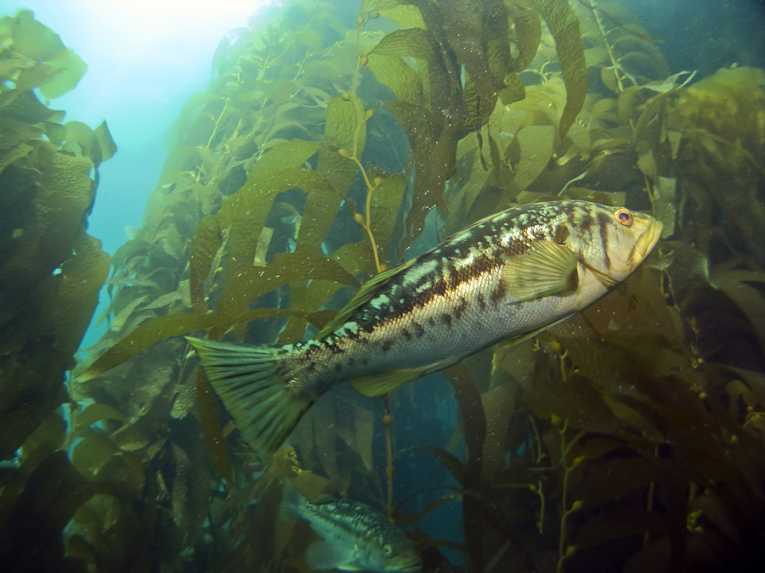A study led by the Scripps Institution of Oceanography (University of California, San Diego), has highlighted flaws in fisheries' assessments of the health of fish populations.
Brad Erisman, a Scripps researcher, and colleagues have been looking at the populations of bass, using a combination of data sources. They have discovered some dramatic drops in the populations in two of Southern California's recreational fisheries. The last 30 years has seen a decrease in population of approximately 90%. This may surprise fishermen who have not seen a corresponding drop in their catches.
Erisman explains this, "The problem is when fish are aggregating in these huge masses, fishermen can still catch a lot each trip, so everything looks fine-but in reality the true population is declining." The huge masses that Erisman discusses are spawning grounds where thousands of fish gather to reproduce. Erisman argues that fishing in these locations has provided the fisheries with misleading data.
Canada's experience with the collapse of the Northern Cod Fishery in the early 90's should be a lesson to everyone that the assessment of fish numbers is a difficult task that requires careful planning. In that case the fisheries, faced with poor observation techniques and uncertainty over the relevant ecosystem, were working with incomplete data.
The Scripps study needed to add to the data provided by the fisheries and so they looked towards the information generated by power plants and the monitoring carried out by Occidental College. Power plants are obligated to record fish numbers that enter the cooling systems and Occidental College has had an ocean-monitoring programme since 1974.
Using this extended data set, they were able to assess numbers more accurately. The decline was obvious in number although the causes were not solely down to fishing. The water temperature in the area has also been a contributing factor.
Erisman wants to ensure that their results and methods are taken on board to reduce the risk of future fishery collapses. He stated, "The relationship between catch rate and stock abundance suggests there is an urgent need to incorporate fisheries-independent monitoring to create something sustainable and monitor the fisheries effectively."
Top Image Credit: Kelp Bass © Ocean Image Photography










